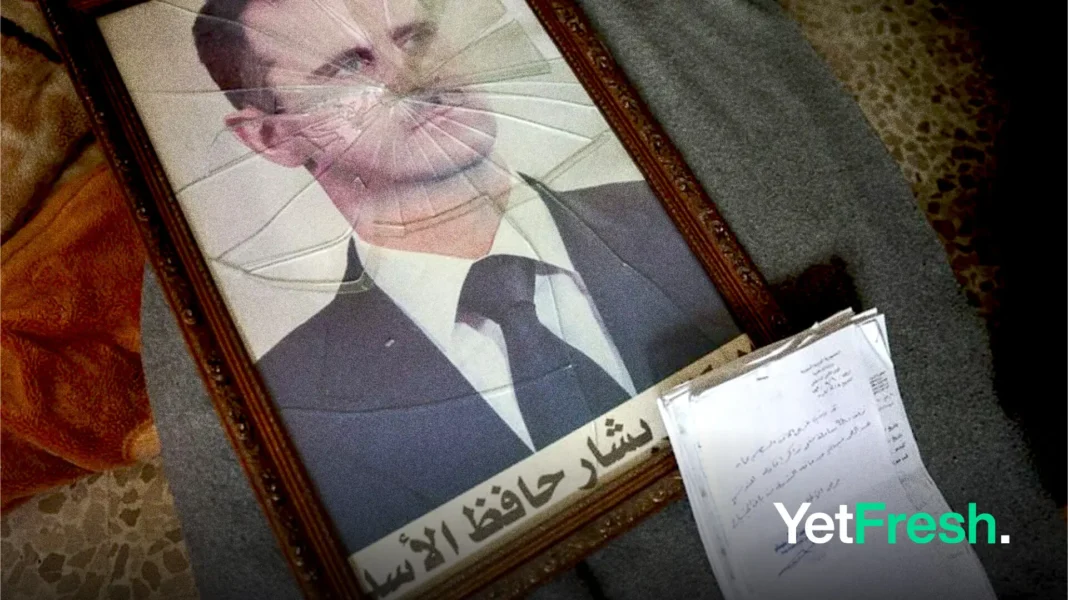Summary:
- Syrian rebel forces have declared Damascus “free,” claiming President Bashar al-Assad has fled the capital after a rapid offensive that captured key cities like Aleppo, Homs, and Hama.
- Rebel forces have taken control of the infamous Saydnaya Military Prison, liberating detainees and symbolizing the end of Assad’s era in the region.
- Syrian Prime Minister Mohammad Ghazi al-Jalali has expressed readiness to cooperate with new leadership while urging citizens to protect public property during the transition.
- The international community, including the U.S., Turkey, and Qatar, is closely monitoring developments, with concerns over regional stability and the potential resurgence of ISIS.
In a dramatic turn of events, Syrian rebel forces have declared the capital city of Damascus “free,” claiming that President Bashar al-Assad has fled the city amidst a rapid and sweeping offensive that has reshaped the country’s political landscape. The announcement, made early Sunday, marks a pivotal moment in Syria’s 13-year-long civil war, signaling the potential collapse of Assad’s 24-year rule and the end of five decades of Assad family dominance.
The rebel coalition, comprising Islamist and moderate factions, launched a lightning offensive just over a week ago, capturing key cities including Aleppo, Hama, and Homs before advancing on Damascus. The fall of Homs on Saturday was particularly significant, as it severed the connection between Damascus and Assad’s stronghold in Syria’s coastal regions. Residents in Homs celebrated by tearing down posters of Assad in scenes reminiscent of the Arab Spring protests over a decade ago.
By Sunday morning, rebel forces had reportedly entered Damascus with minimal resistance from government troops. A source familiar with rebel operations described the situation as “militarily, Damascus has fallen.” Videos from the capital showed residents celebrating in the streets, chanting slogans such as “Freedom” and dismantling symbols of Assad’s regime. The notorious Saydnaya Military Prison, infamous for human rights abuses, was also taken by rebel forces, who announced the liberation of prisoners held there.
President Assad’s whereabouts remain unconfirmed. Multiple reports suggest he has fled to an undisclosed location. Iranian state media acknowledged his departure from Damascus but provided no further details. This development comes as Assad’s allies—Russia, Iran, and Hezbollah—struggle to provide support due to their own geopolitical challenges. Russia is preoccupied with its ongoing war in Ukraine, while Hezbollah has suffered significant losses in its conflict with Israel.
Syrian Prime Minister Mohammad Ghazi al-Jalali released a recorded statement on Sunday expressing readiness to cooperate with any leadership chosen by the people and urging citizens to protect public property during this transitional period. Rebel leaders have also called for restraint, emphasizing the importance of preserving state institutions.
The swift rebel advance has raised concerns internationally about the future stability of Syria. The United States has stated it will not intervene militarily but is closely monitoring developments to prevent a resurgence of ISIS and ensure regional stability. Meanwhile, Turkey and Qatar have called for urgent political dialogue to address Syria’s territorial integrity and humanitarian crisis.
The fall of Damascus represents not only a seismic shift in Syria’s internal dynamics but also a blow to Iran and Russia’s influence in the region. As celebrations erupt across liberated areas, questions loom about what comes next for Syria—a nation fractured by years of war and now facing an uncertain future under new leadership.
Source: Edition




